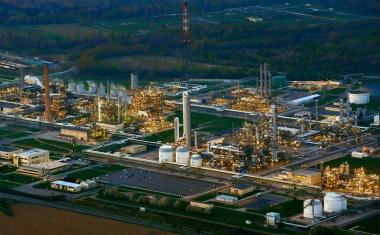Rising Output, Energy Efficiency to Halve U.S. Oil Imports By 2020
Rising oil and gas production and improving energy efficiency in the United States could slash its oil imports in half by the end of 2020 from levels seen two years ago, the West's energy watchdog said on Wednesday.
The Paris-based International Energy Agency (IEA) earlier this month said the United States would overtake Russia next year to become the world's largest oil producer thanks to its shale oil boom.
Adding that development to energy savings from investments in efficiency will cut the need of the world's largest oil consumer to rely on imported oils, the IEA said. Earlier this month, the U.S. government said the country had already ceded its ranking as top global oil importer to China.
In the report released on Tuesday at the World Energy Congress in South Korea, the IEA said the United States has taken steps toward becoming one of the most energy efficient members of the Organization for Economic Co-operation and Development (OECD) by 2020.
Global energy efficiency markets around the world drew investment of up to $300 billion in 2011, a level on par with global investments in renewable energy or fossil-fuel power generation, the IEA noted in the report.
In 2010, IEA economies avoided burning 1.5 billion tons of oil equivalent thanks to efficiency improvements since 1974.
















